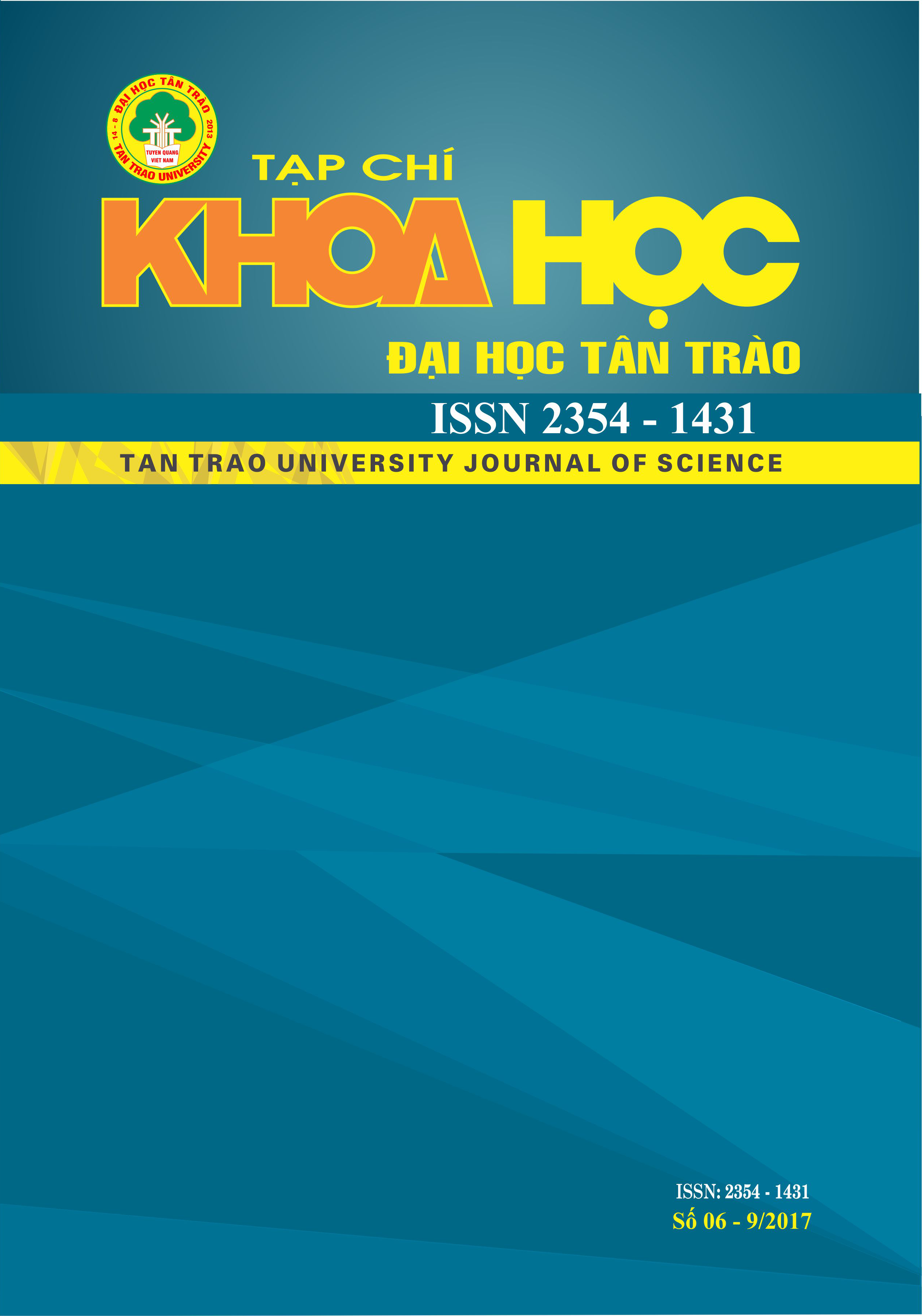Dependence on the temperature and doped ratio of the cumulants and thermodynamic parameters in XAFS of cubic crystals
DOI:
https://doi.org/10.51453/2354-1431/2017/153Keywords:
Phi Ä‘iá»u hòa; XAFS; Cumulants; Nhiệt Ä‘á»™ng; Tham số; Tá»· lệ.Abstract
Thermodynamic properties and anharmonic perturbation factor of orderly doped metal crystals has described throught by terms of cumulants expansion up to the fourth-order in X-ray absorption fine structure (XAFS) spectra, which have been studied base on anharmonic correlated Einsten model. Analytical expressions for dispersion relation, correlated frequency Einstein and temperature Einstein, and the XAFS cumulant up to the fourth level have been derived, the first cumulant or net thermal expansion coefficient, the second cumulant or mean square relative displacement (MSRD) or Debye-Waller factor (DWF) to describe the attenuation of x-ray scattering or coherent neutron scattering caused by thermal motion, the third cumulant and the fourth cumulant describe asymmetry for interactive potential of atoms in crystals at high temperatures, thermodynamic parameters and anharmonic perturbation factor inclusion the anharmonic effects contributions. Derived anharmonic effective potential includes contributions of all nearest neighbors of absorbing and scattering atoms to take into account three-dimensional interaction and Morse potential parameters for description single
pair atomic interaction. This research aims further away, the thermodynamic parameters and cumulants not only temperature dependence but also depend on the ratio of orderly dopants crystals. Numerical results are found to be in good and reasonable agreement with those of other theories.
Downloads
References
1. A. I. Frenkel and J. J. Rehr, Phys. Rev. B 48 (1993) 585. 11;
2. E. D. Crozier, J. J. Rehr, and R. Ingalls, in X-ray Absorption, edited by D. C. Koningsberger and R. Prins (Wiley, New York, 1988);
3. Hung N.V., Duc N. B., Frahm R.R., (2002), J.Phys.Soc., Japan, Vol. 72, No. 5, pp 1254-1259;
4. Hung N. V., Ronald Frahm and Hiromichi Kamitsubo, (1996), J.Phys.Soc., Japan, Vol.65, No 11, pp 3571- 3575;
5. Hung, N. V. and Rehr, J. J., (1997), Phys. Rev. B (56), pp. 43;
6. Hung N V, Toan N. C., Duc N. B., and Vuong D. Q, (2015) OpenPhys.,13: 242–246;
7. N. V. Hung and N. B. Duc, J. Communications in Physics, vol. 10, No. 1, pp. 15-21 (2000);
8. Nguyen Ba Duc, (2015), American Association for Science and Technology (AASCIT-Journal of Physics), Vol.1, pp1-5;
9. Nguyen Van Hung, Nguyen Bao Trung, Nguyen Ba Duc, (2015), Journal of Materials Sciences and Applications, 1(3): 91-97;
10. T. Miyanaga and T. Fujikawa, J. Phys. Soc. Jpn. 63 (1994) 1036 and 3683.
Downloads
Published
How to Cite
Issue
Section
License

This work is licensed under a Creative Commons Attribution-ShareAlike 4.0 International License.
All articles published in SJTTU are licensed under a Creative Commons Attribution-ShareAlike 4.0 International (CC BY-SA) license. This means anyone is free to copy, transform, or redistribute articles for any lawful purpose in any medium, provided they give appropriate attribution to the original author(s) and SJTTU, link to the license, indicate if changes were made, and redistribute any derivative work under the same license.
Copyright on articles is retained by the respective author(s), without restrictions. A non-exclusive license is granted to SJTTU to publish the article and identify itself as its original publisher, along with the commercial right to include the article in a hardcopy issue for sale to libraries and individuals.
Although the conditions of the CC BY-SA license don't apply to authors (as the copyright holder of your article, you have no restrictions on your rights), by submitting to SJTTU, authors recognize the rights of readers, and must grant any third party the right to use their article to the extent provided by the license.


